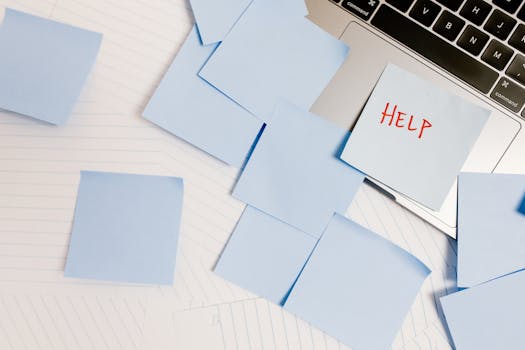
The Power of Breaks: Enhancing Productivity Through Downtime
Takeaways: Regular breaks and downtime are crucial for maintaining high levels of productivity. They help reduce stress, improve focus, and spark creativity, ultimately leading to better work outcomes and overall well-being.
In today’s fast-paced world, the hustle culture often glorifies constant work and relentless productivity. However, research shows that taking breaks and allowing time for downtime can significantly enhance productivity and creativity. This article delves into the importance of breaks and downtime, exploring how they contribute to better work performance and mental health.
The Science Behind Breaks and Productivity
Numerous studies have shown that our brains are not designed for prolonged periods of focus. According to research published in the journal Cognition, our attention spans can only last for about 20 to 25 minutes before our productivity starts to decline. This finding highlights the importance of taking regular breaks to recharge our cognitive resources.
Breaks allow our brains to rest and reset, enabling us to come back to our tasks with renewed focus and energy. When we take a break, our mind engages in a different mode of thinking that can lead to improved problem-solving and creativity. A study conducted by the University of Illinois found that taking short breaks during long tasks improved performance and minimized fatigue.
Types of Breaks That Boost Productivity

- Micro-breaks: These are short breaks of 1 to 5 minutes that can be taken every 20 to 30 minutes. They can include stretching, walking around, or simply taking a few deep breaths.
- Short breaks: Taking a 10 to 15-minute break after a focused work session can help reset your attention. Use this time to grab a snack, meditate, or chat with a colleague.
- Long breaks: A longer lunch break of 30 minutes to an hour can help you disconnect from work completely. Use this time to engage in a non-work-related activity, such as reading or taking a walk outside.
- Extended downtime: Regularly scheduled days off or vacations are crucial for long-term productivity. These breaks allow for complete mental and physical recovery, preventing burnout.
Incorporating Breaks into Your Routine
To reap the benefits of breaks, it’s essential to incorporate them into your daily routine consciously. Here are some strategies to help you include breaks effectively:
- Set a timer: Use a timer to remind you to take breaks at regular intervals. The Pomodoro Technique, which involves working for 25 minutes followed by a 5-minute break, is a popular method.
- Establish a break area: Create a designated space for breaks, such as a cozy corner with comfortable seating. This space should be free from work-related distractions.
- Engage in physical activity: Use your breaks to engage in physical activity. A quick walk or some stretching can invigorate your body and mind.
- Mindfulness breaks: Consider incorporating mindfulness or meditation into your breaks to reduce stress and improve mental clarity.
Conclusion








